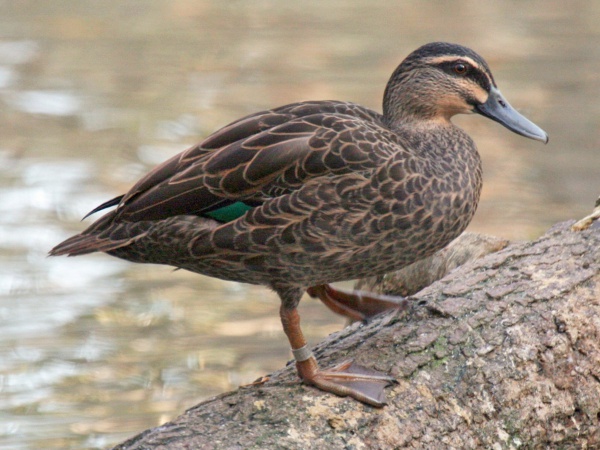Facts About Pacific black duck
The Pacific black duck, often referred to as the PBD, is a species of dabbling duck found in regions such as Indonesia, New Guinea, Australia, New Zealand, and various islands in the southwestern Pacific. In New Zealand, it is known as the grey duck or by its Māori name, pārera. These ducks are quite sociable and prefer inhabiting wetlands. They nest in a manner similar to that of mallards.
In terms of appearance, the Pacific black duck has a dark body with a pale head adorned with dark stripes on the crown and face. When in flight, a green patch on its wings, known as a speculum, and pale underwings become noticeable. Typically, males are larger than females, and some ducks on certain islands are smaller and darker.
One of the distinctive features of these ducks is their quacking, particularly the females, who produce rapid and loud quacks.
There are three subspecies of Anas superciliosa: rogersi, pelewensis, and superciliosa. In New Zealand, the grey duck subspecies has been declining due to competition and hybridization with introduced mallards. Experts believe that the grey duck might eventually disappear as a distinct species in New Zealand. This decline is attributed to the physical dominance of mallards and overhunting of grey ducks in the mid-20th century.
Regarding their diet, Pacific black ducks primarily consume aquatic plant seeds but also feed on small crustaceans, mollusks, and aquatic insects. They feed by dabbling, which involves submerging their heads and necks underwater while their bodies remain upright. Occasionally, they also forage in damp grassy areas.
